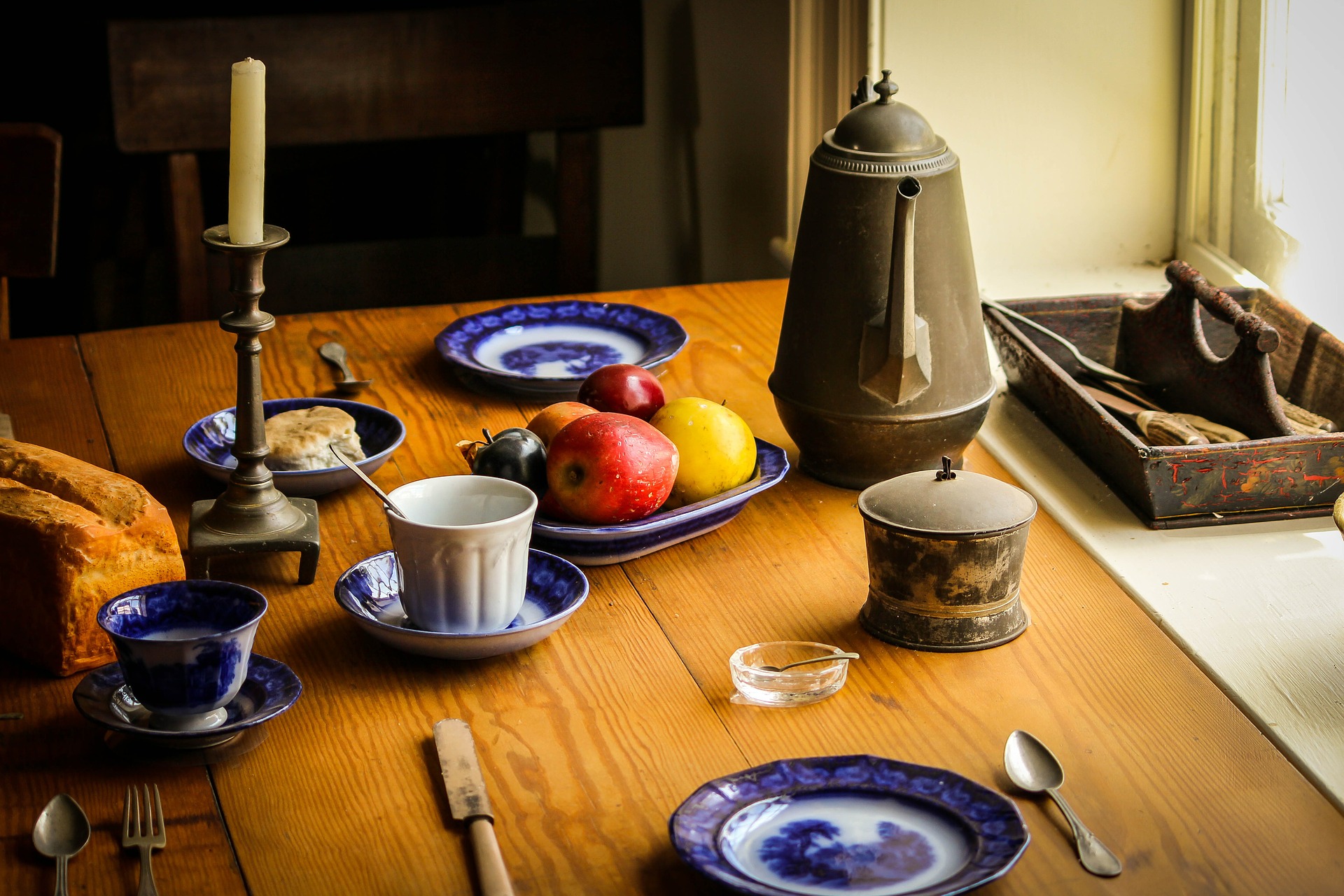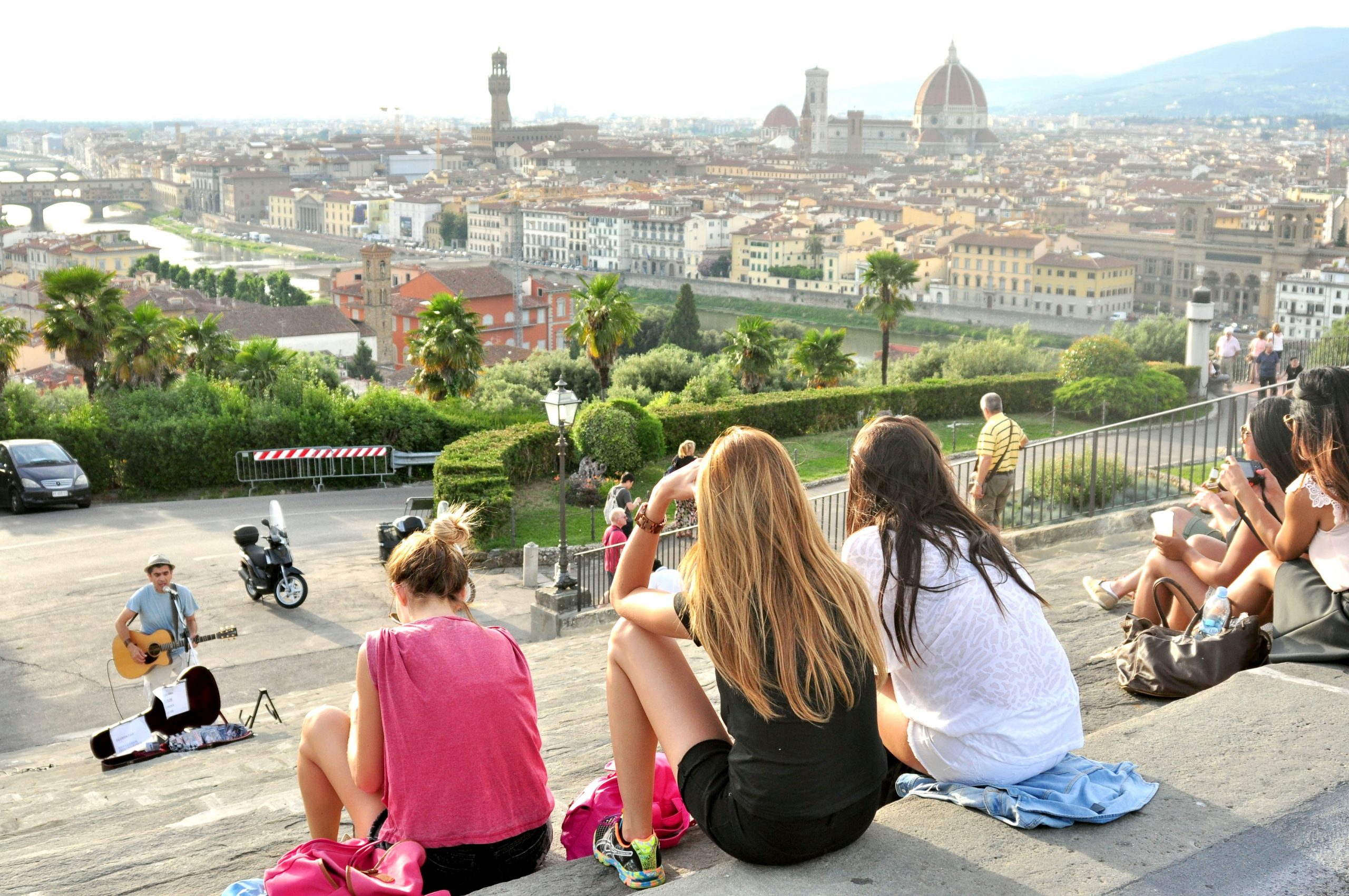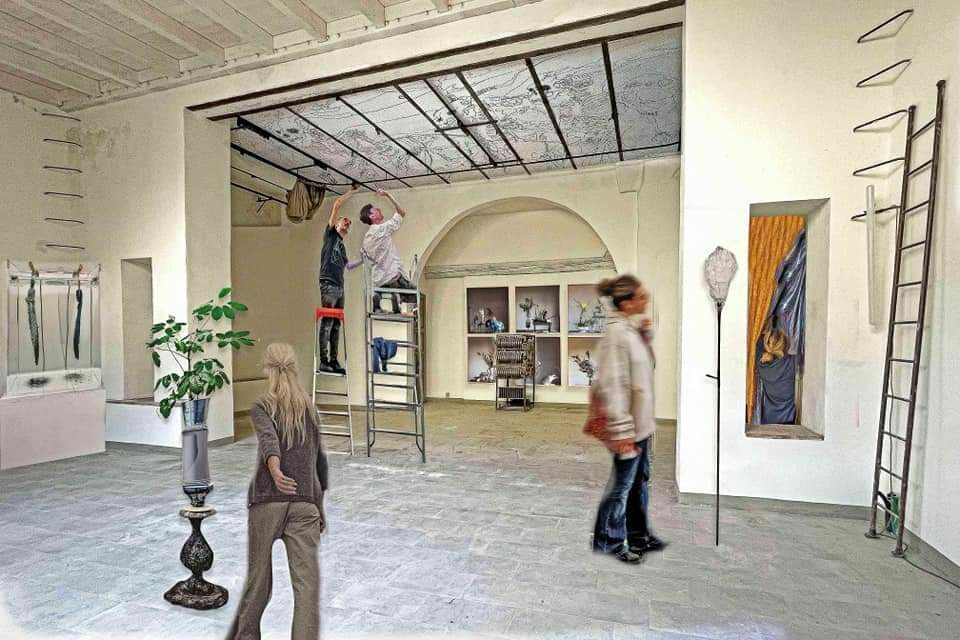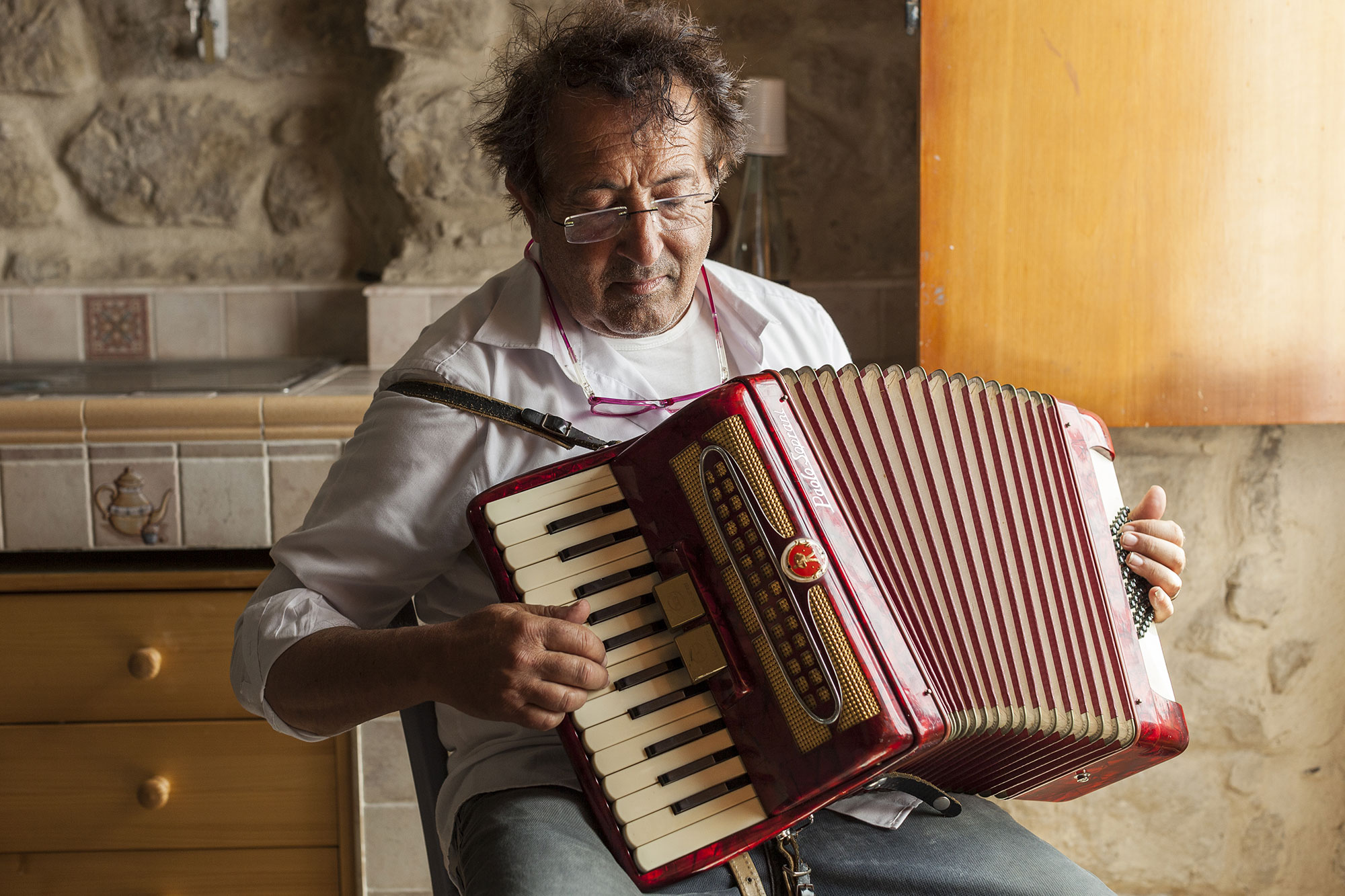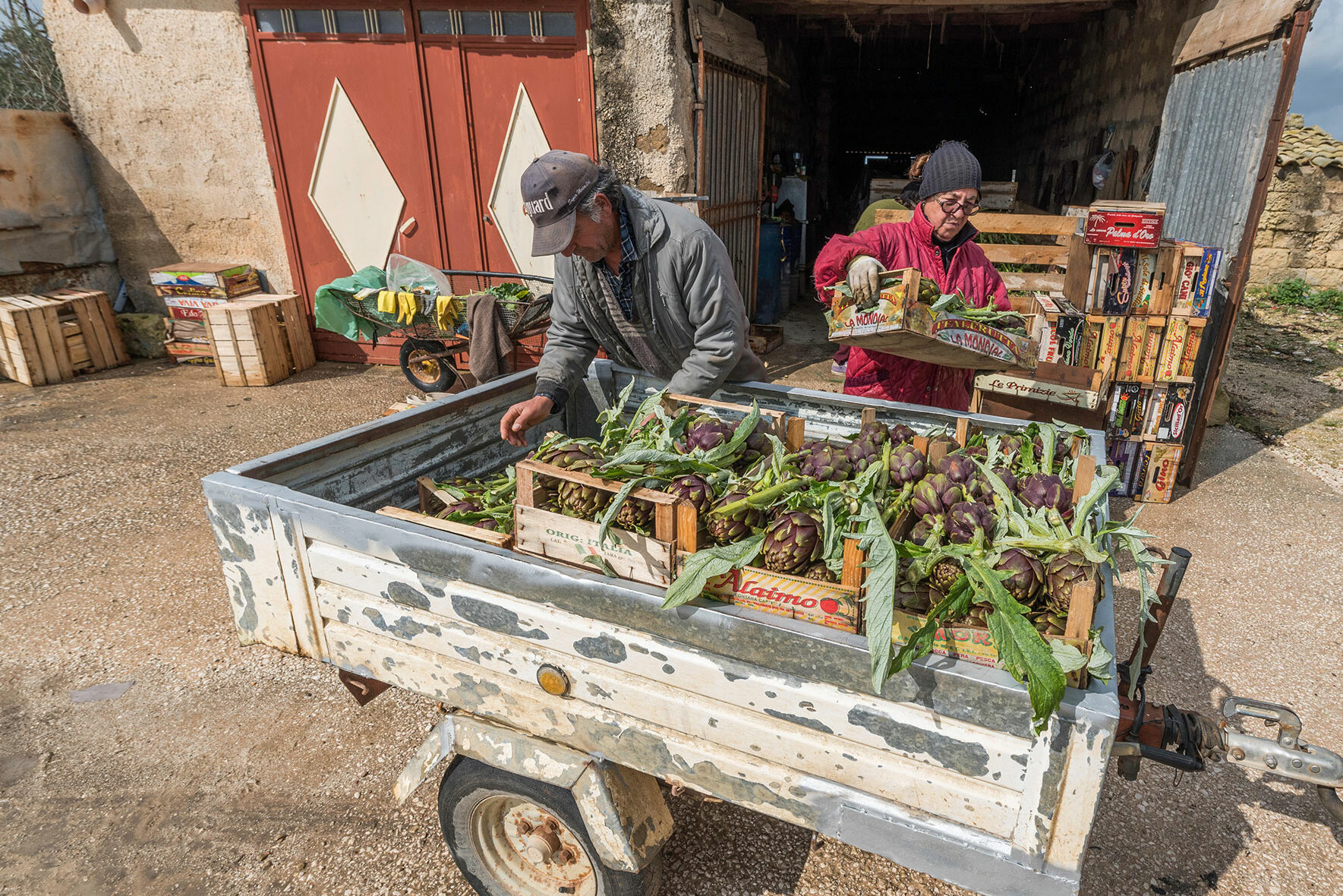Many people who go to Rome for the first time mistake the Theater of Marcellus for the Colosseum, and understandably so. The grandiosity of the tall arches and circular shape bears a strong resemblance, even though a good portion of it is gone. Although not as famous or well-known, the theater, which is now an archeological excavation, has its own illustrious past.
Built in the first century B.C. on the southwestern flank of the Capitoline Hill and close to the ancient forum, this immense theater actually served as the main model for the Colosseum which was built 85 years later. Sprawled across the top of the theater is the two-story Palazzo Orsini. Constructed during the High Renaissance in the 1520’s by the Savelli family, it eventually became the property of the Orsini. The clash of architectural styles between the huge arches of the ancient theater and the early 16th century palazzo is astounding. The Palazzo Orsini, considered one of Rome’s most distinguished and valuable properties, has been divided into numerous apartments which are occupied by family members and wealthy tenants.
Interesting to note, during the German occupation of Rome, the maze-like rooms provided a hide-away for many people whose lives were at stake. The Duchess of Sermoneta, an antifascist who was sought after by the Gestapo, took refuge here as well as many Roman Jews.
In the Beginning ~ Rivalry, Superiority, and Ceaseless Drama
Julius Caesar initiated the construction of the Theater of Marcellus in the first century B.C. after his victory over Pompey for the control of Rome. Pompey had a theater built previously in 55 B.C., and Caesar insisted he could build a far superior one. Ironically, it was in Pompey’s theater that Caesar was assassinated in 44 B.C.
Augustus, Caesar’s successor, continued construction and named it after his nephew and adopted son Marcellus who he chose to be his successor. Mysteriously, Marcellus died at age 19, with speculation that Augustus wife Livia may have poisoned him to keep her son Tiberius as the next successor of Rome.
Augustus celebrated the completion of the theater in 11 B.C. with the public slaughter of 600 tigers brought in especially for the occasion. The semi-circular theater was the largest in Rome with a base of over 400 feet and nearly 100 feet tall, seating 20,000 spectators. It continued in use for almost 400 years before it declined into a showcase for obscene spectacles and nudity. Eventually deserted, stones were removed to build Christian basilicas and churches. The theater was left missing the entire top row of arches. During the early middle ages it became a fortress and occupied by different families over hundreds of years.
In 2012, the 11,000 sq. ft. Palazzo Orsini was advertised for sale at 26 million dollars. Featuring frescoed staterooms and a ballroom among other attractions, it circles a central garden of orange trees and fountains. A long terrace overlooks the Tiber and the city. Click here for a tour of the elegant Palazzo Orsini.
The theater is not open to the public but well worth a pass-by. It sits next to the old Jewish Ghetto with its tasty kosher bakeries and restaurants. Roman Nights at the Theater of Marcellus, summer concerts of classical music, are performed outside the theater. The backdrop of the ancient ruins is stunning. Grab an outdoor table and enjoy fried artichokes, carciofo alla giudia, and carbonara di zucchine with vino while you ponder the massive arches, colonnades and columns of the theaters illustrious past.




